

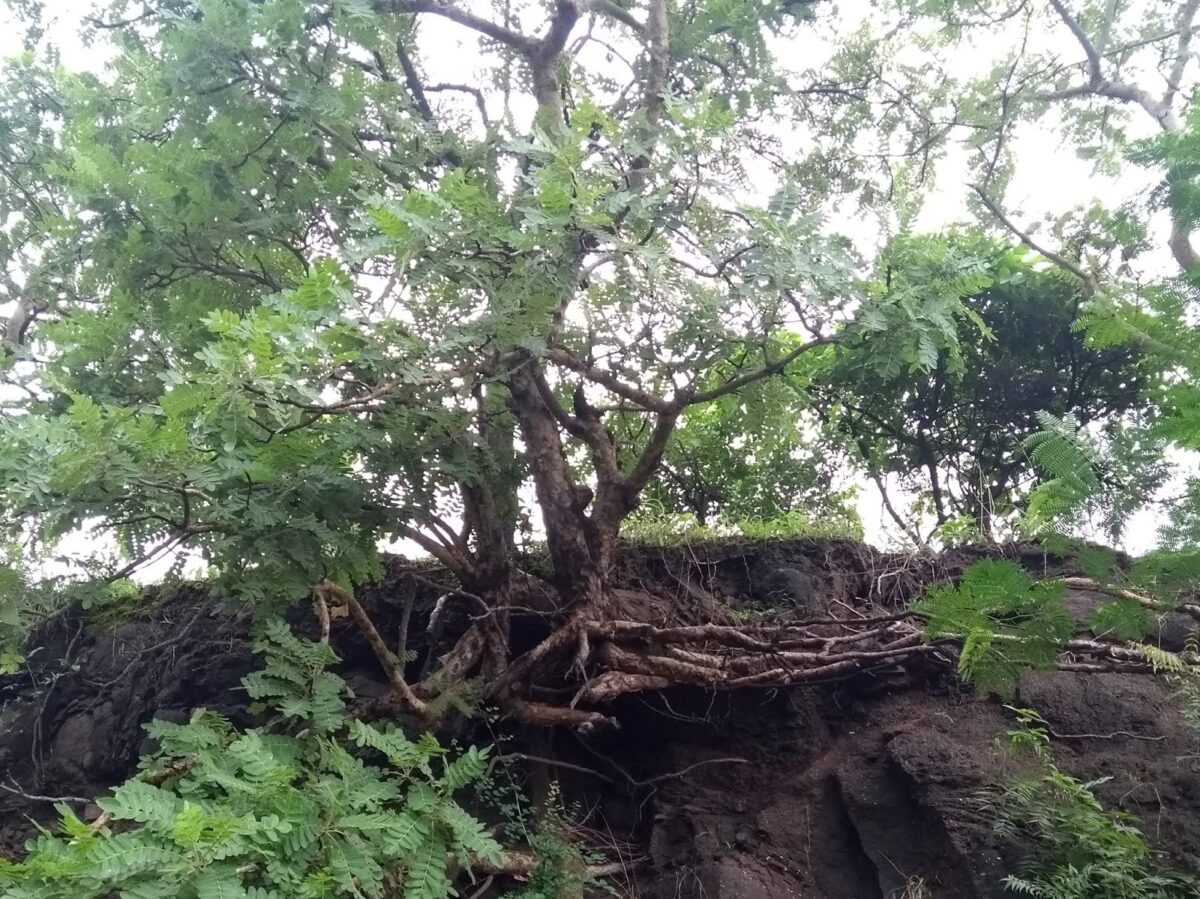 |
| Clinging on |

I am joining Parul in her ThursdayTreeLove bloghop.
Do head over to see some fantastic trees from around the world.
Better still, join in!
PS: This tree is the Boswellia serrata of the Burseraceae family.
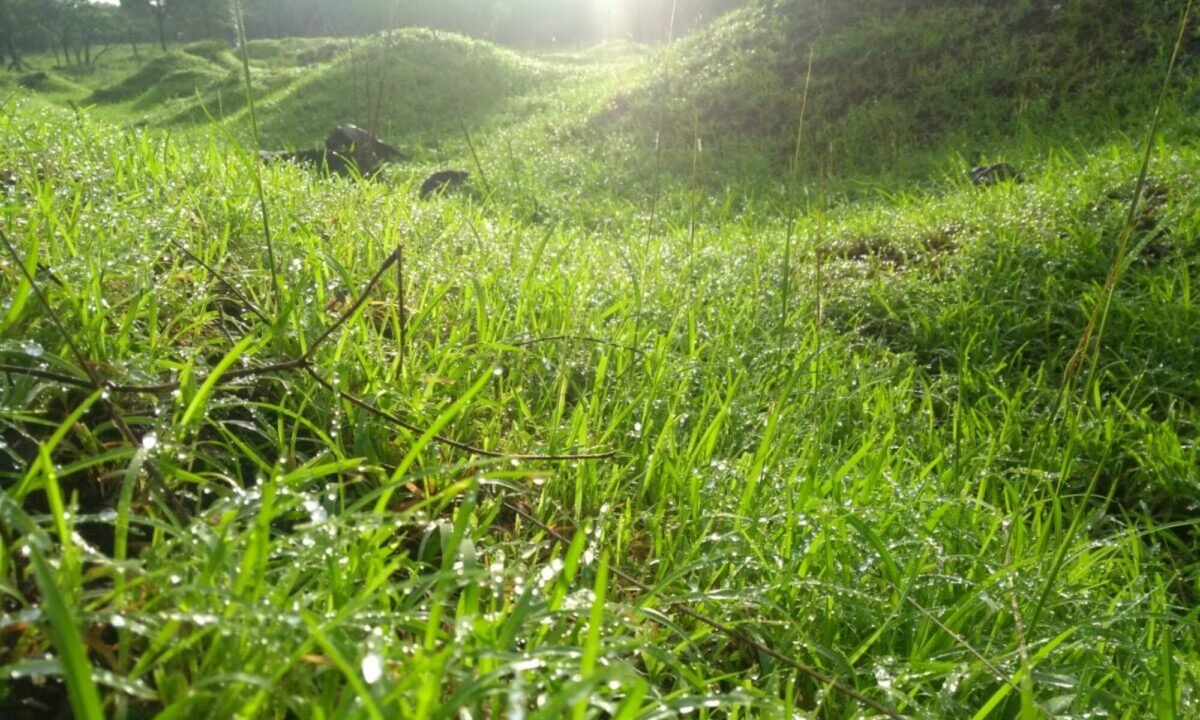
A khatta-meetha take on life around me through my presbiopic eyes!


 |
| Clinging on |

I am joining Parul in her ThursdayTreeLove bloghop.
Do head over to see some fantastic trees from around the world.
Better still, join in!
PS: This tree is the Boswellia serrata of the Burseraceae family.

Our guide very apologetically said, “This is the Mad Tree”. I was stunned. In whatever little bit I have read about trees and their names, I had never come across this one..
It was a wonderful tree, with a graceful buttress and showed nothing that would have earned it this title of being ‘Mad’.

In any tree, all leaves have the same shape but in this case, no two leaves are identical. This is said have earned it this name. It grows in the Acharya Jagdish Chandra Bose Botanical Garden in Kolkata and is the Buddha’s Coconut or Pterygota alata .
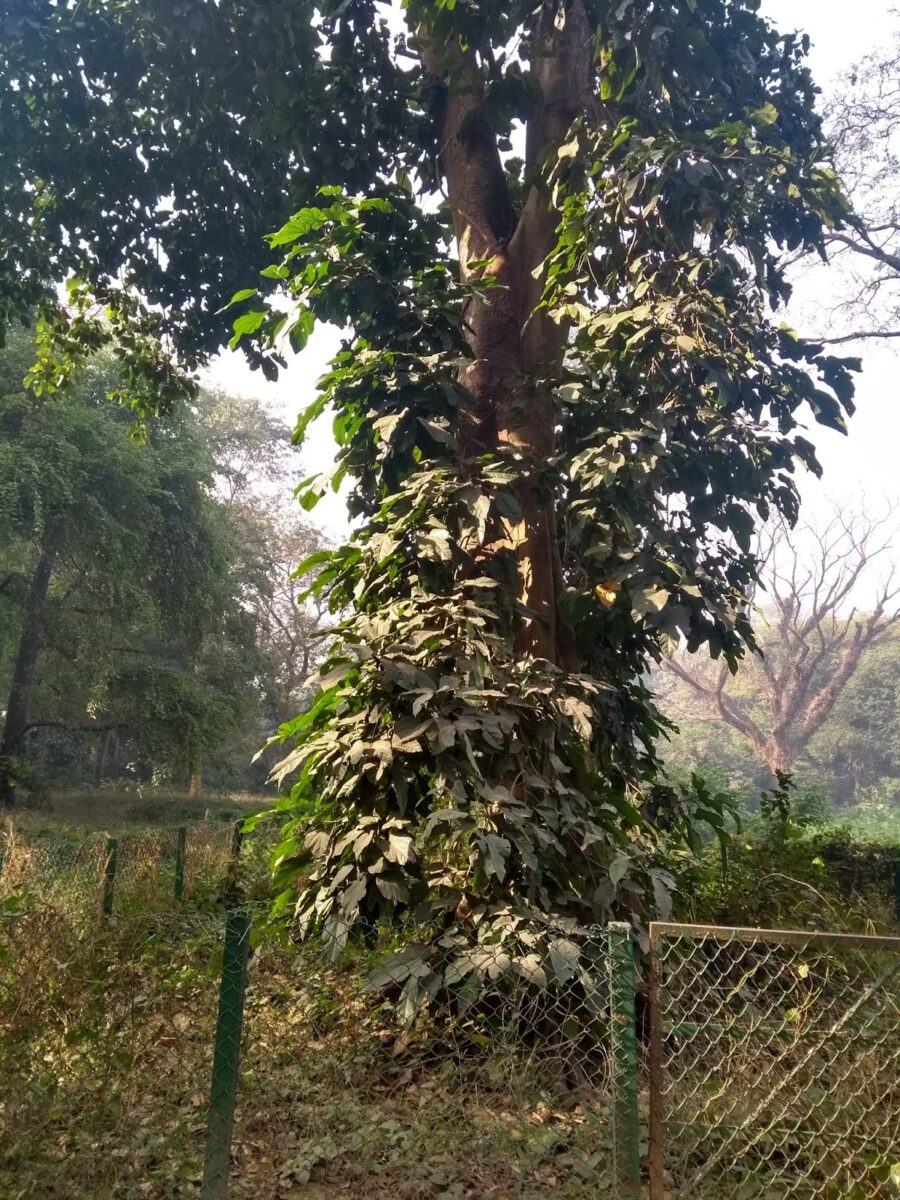
Its an evergreen species native to India and grows to be very tall. A beautiful stately tree.
I am joining Parul in her ThursdayTreeLove blog hop. Head over to see some wonderful trees from around the world.
Better still, join in!
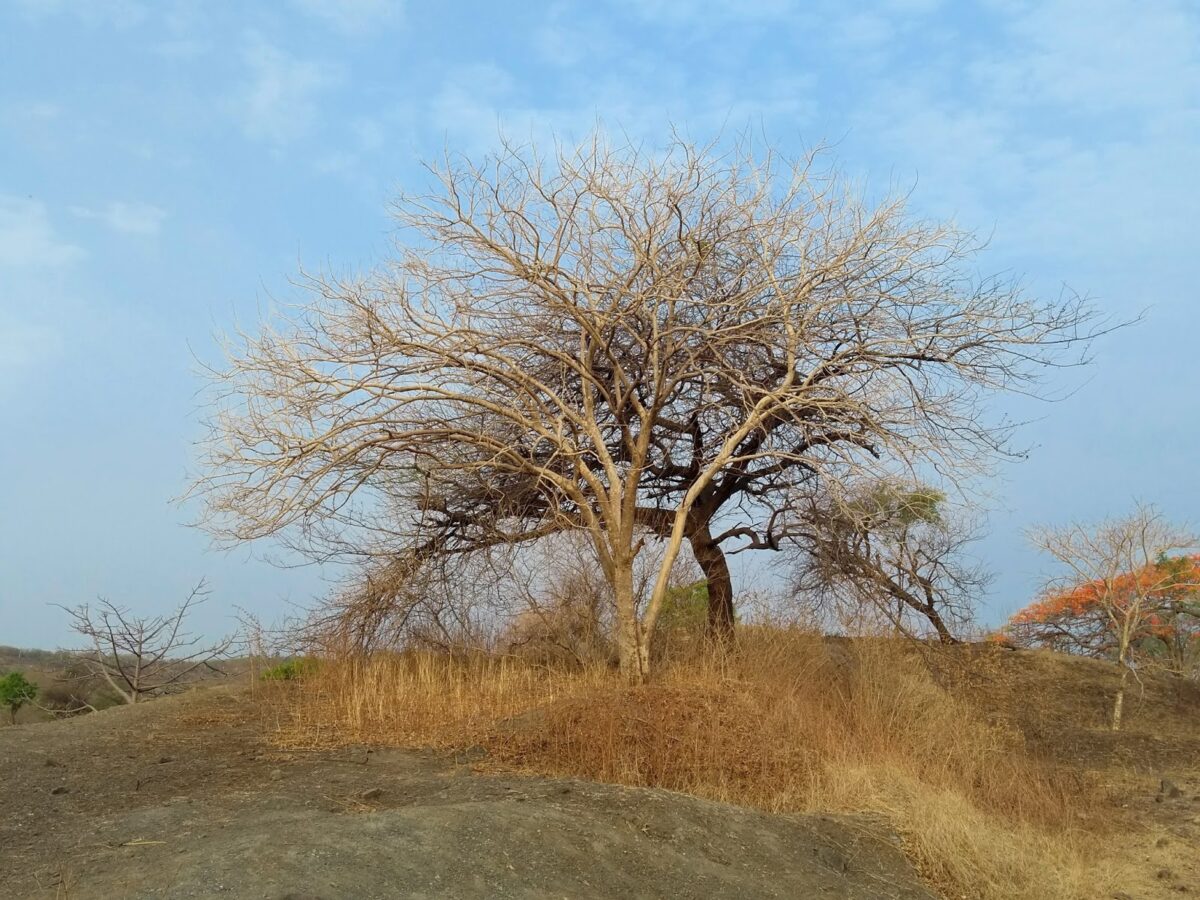


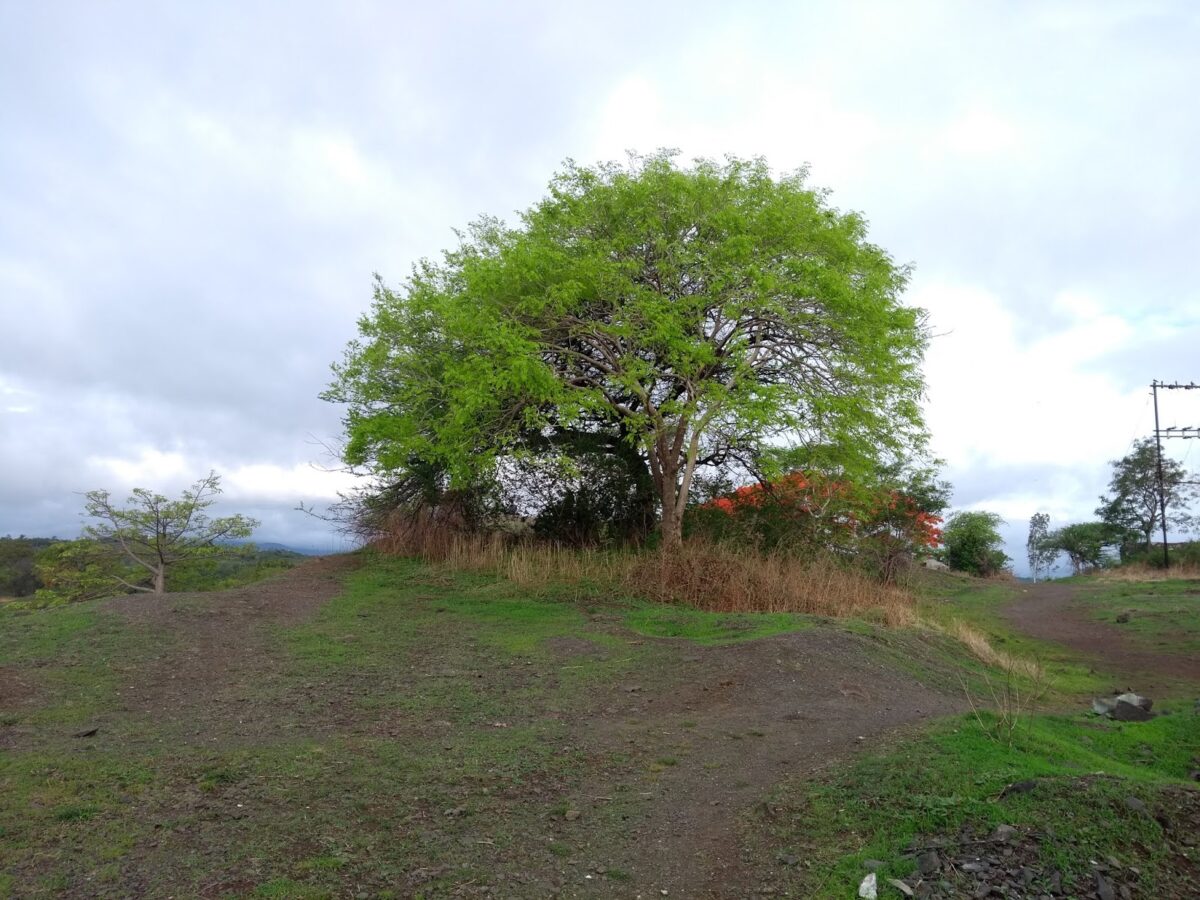

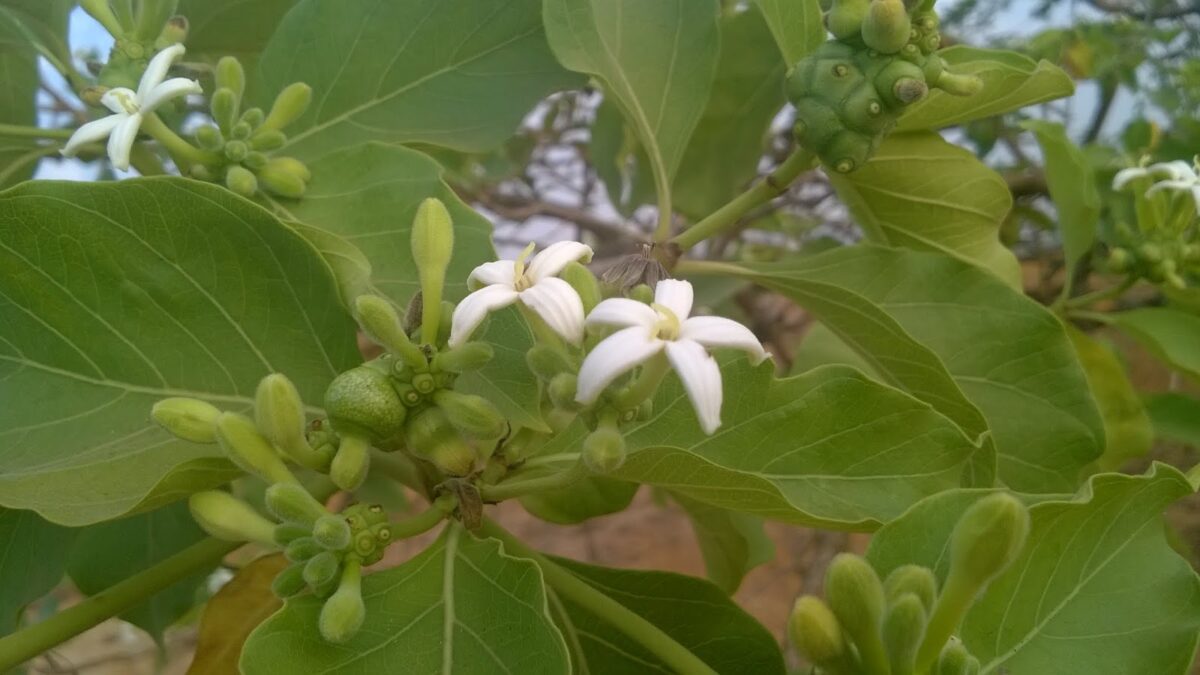
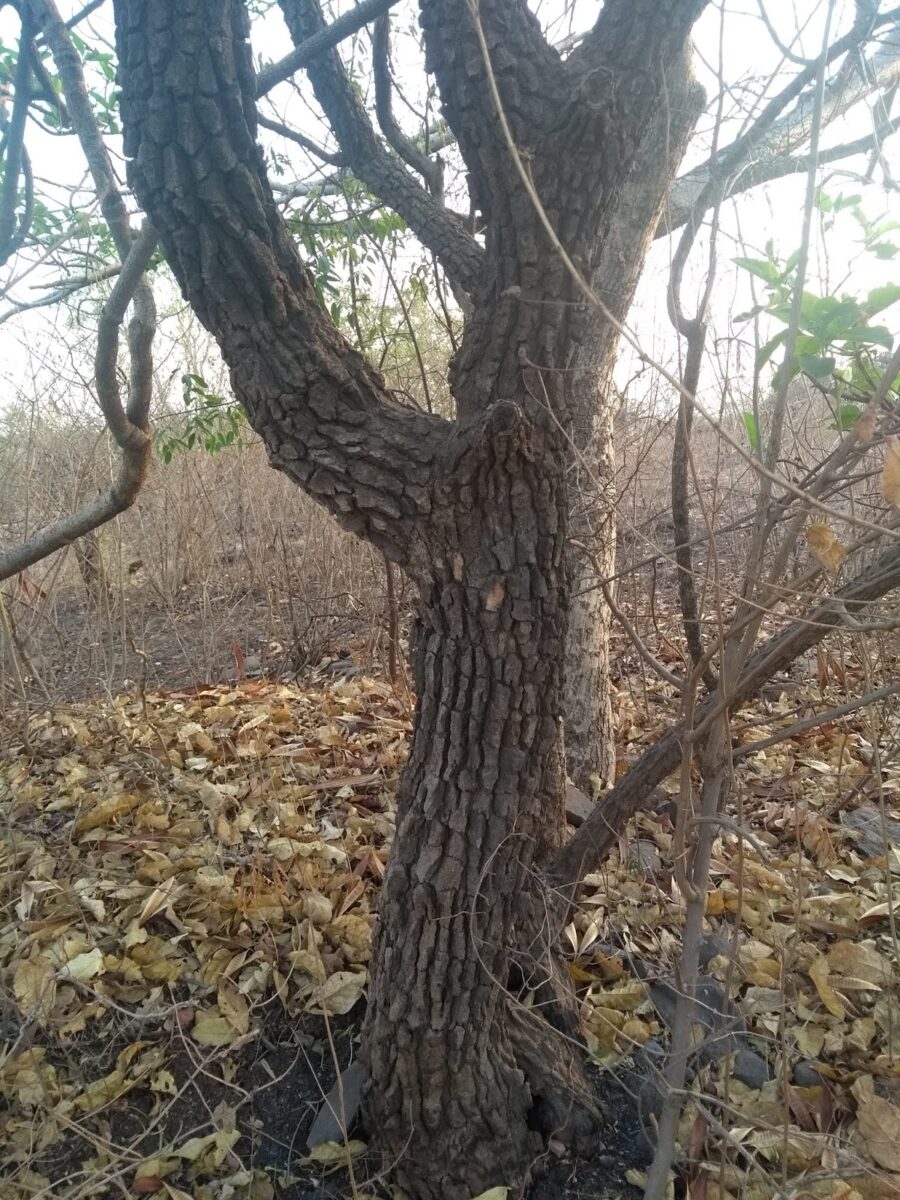
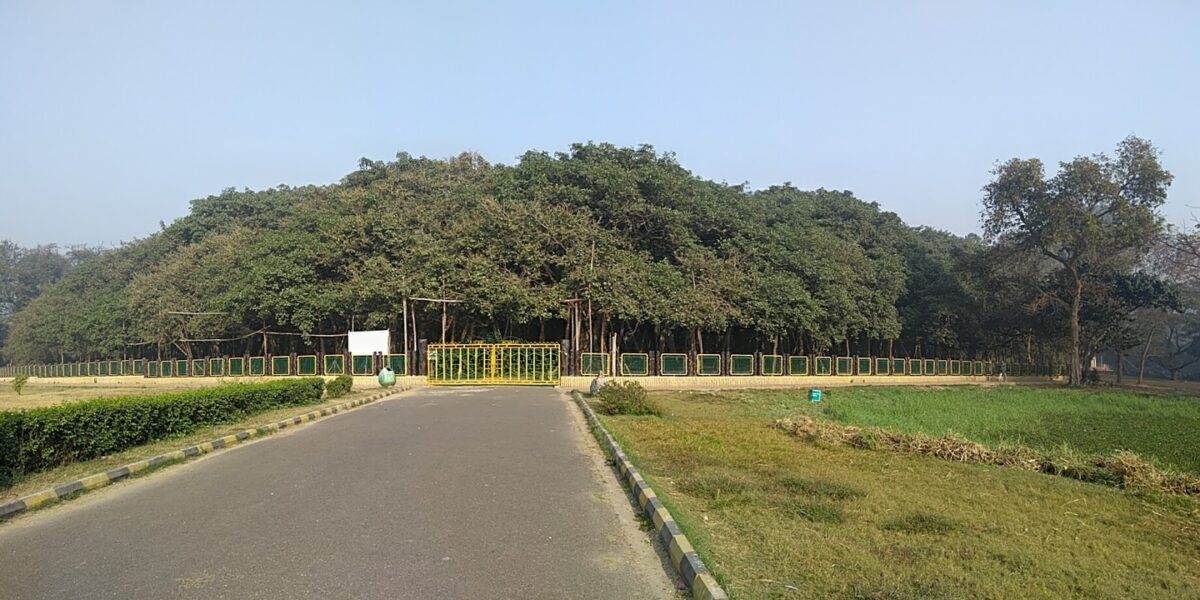
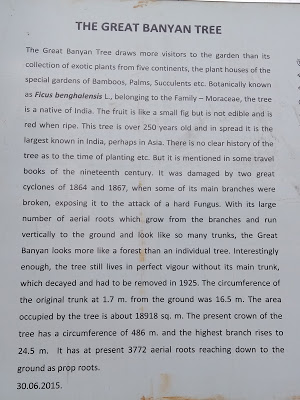
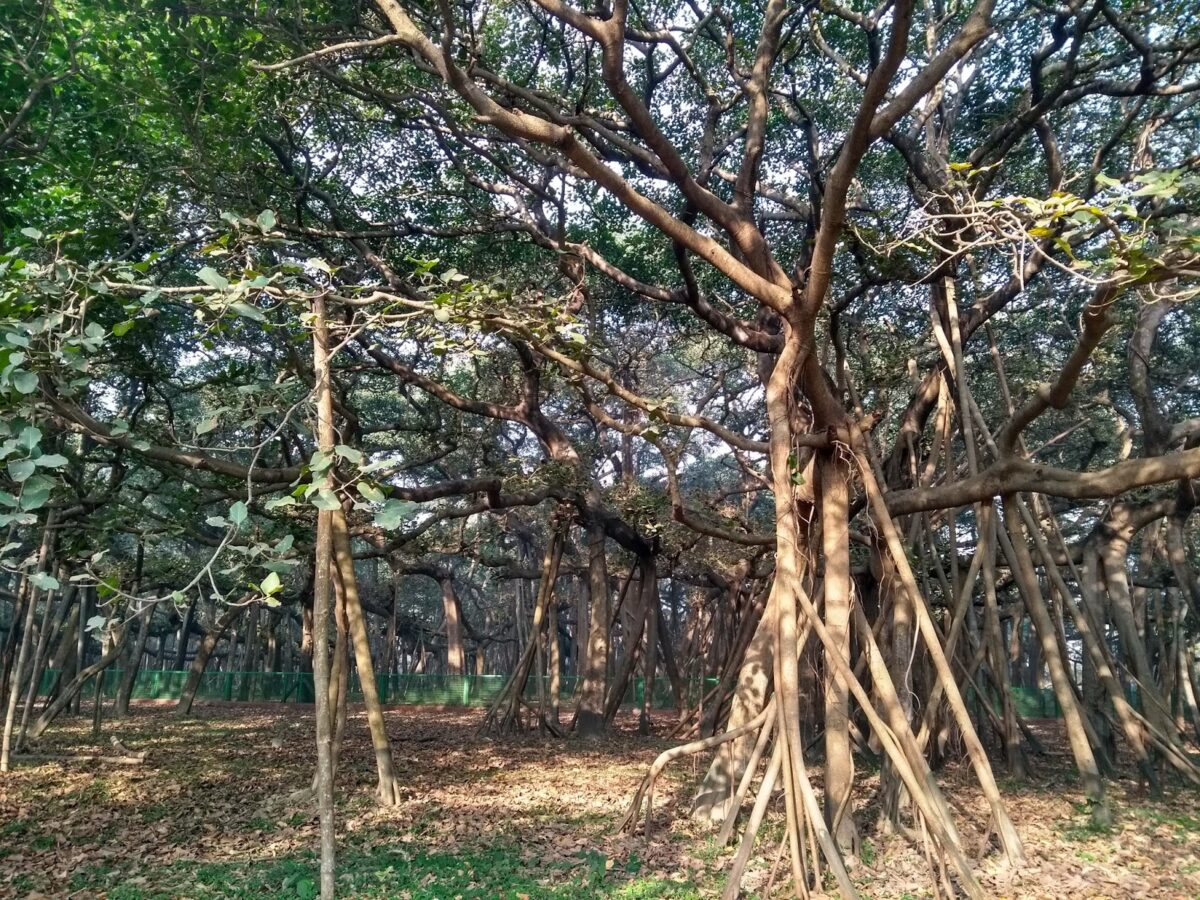 |
| It stands on thousands of supporting roots
This video will give take you straight to this great tree..
|
Have you seen this beautiful tree? Do you know of any other large spread Banyan?
I am joining Parul’s #ThursdayTreeLove41 blog hop. Do head over to see some amazing trees from around the world!
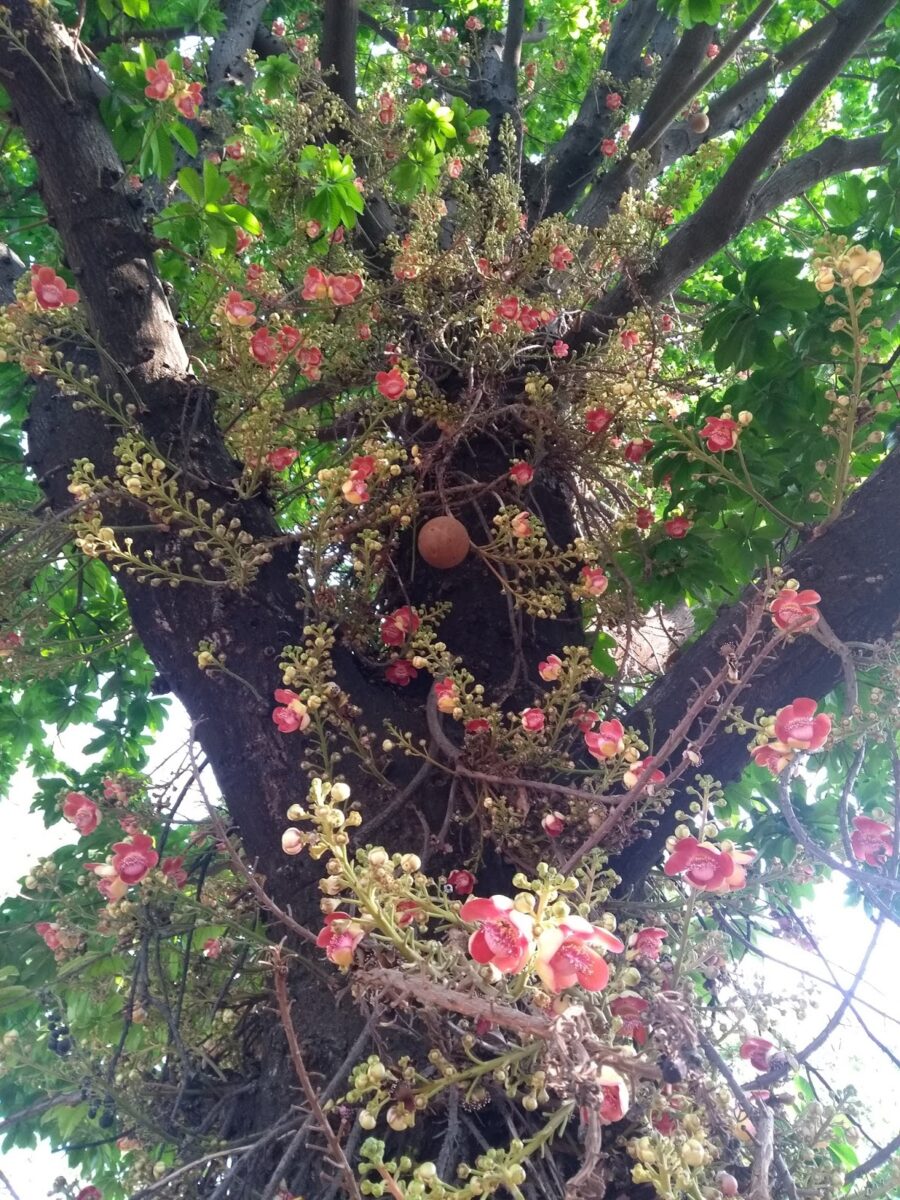
This beautiful tree with glorious fragrant flowers growing out of its main trunk goes by the unlikely common name “Cannon Ball Tree”. This is due to its large round fruit resembling cannon balls. Its botanical name is Couroupita guianensis and the species has been introduced in India. The tree belongs to the Lecythidaceae family.
The flowers are uniquely shaped almost like a Shivalinga. Hence the tree also goes by the common name Kailaspati. When plucked, the highly fragrant pretty flower stays fresh in a bowl of water for a day.

In sharp contrast, the fruit is filled with a foul smelling substance. If you look closely, some fruit are visible and seem to be strung on the trunk. If one of them falls on someone’s head, it can cause an injury!

Kailaspati is native to the Amazon rainforest but seems to be happy in India considering its gregarious flowering and fruiting! It grows to be quite tall and is an imposing sight!
I am joining Parul‘s #ThursdayTreeLove blog hop. Do head over to see some wonderful trees from around the world!
 |
| Twisted trunk |
What could have been the reason for this twisted tree trunk? Considering its pretty huge and old, and growing in the open, I am sure the curves must be natural.
One of my first posts on the ThursdayTreeLove was Sleeping Trees that I saw in Moscow. Just as I could not figure out the reason for those ‘sleeping’ trunks, I simply cant find an explanation for this.
Here is another image.

Bonsai artists often ‘wire’ trees for which they face a lot of criticism. Surely no such intervention was done here. Yet the trunk has acquired wonderful curves that simply will stop you in your tracks.
What do you think?
I am joining Parul in her #ThursdayTreeLove39 bloghop. Do head over to see some amazing trees from around the world.
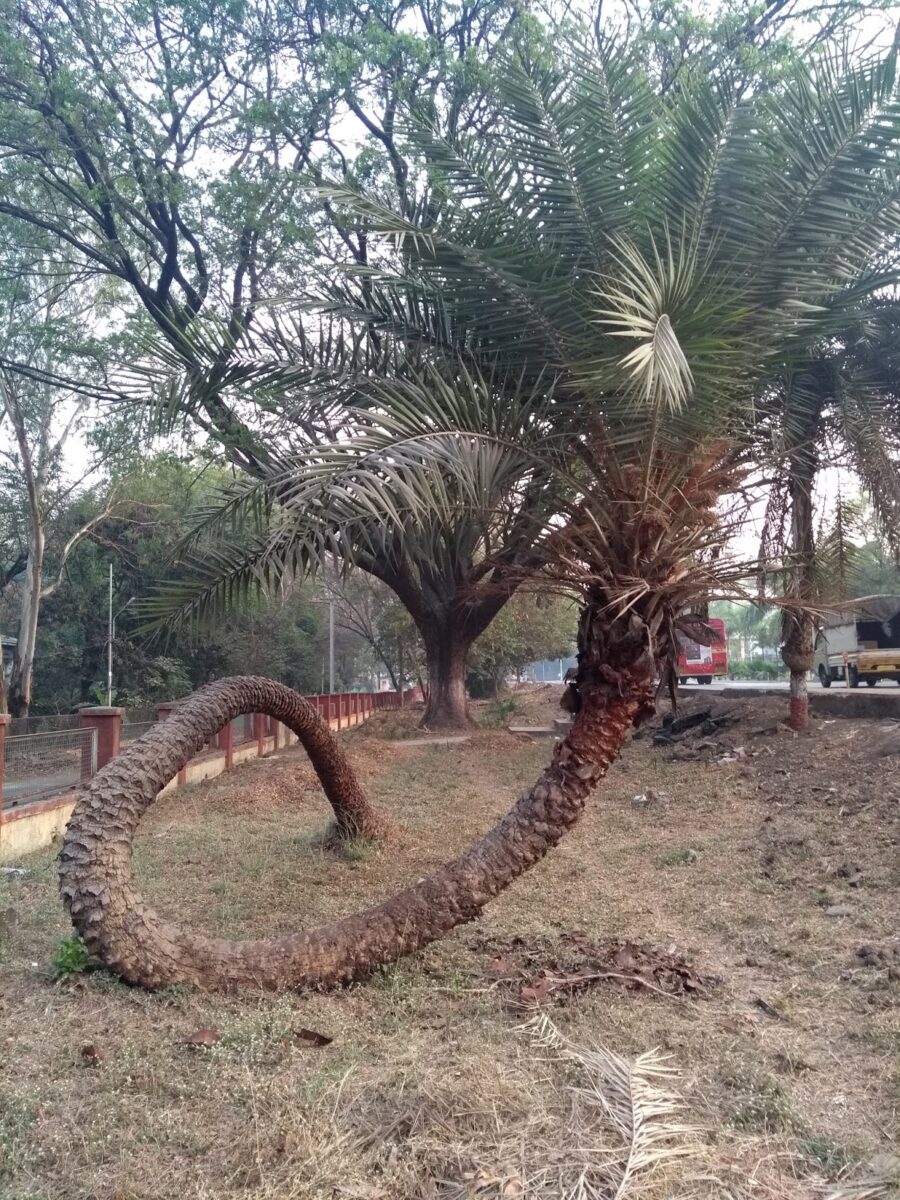
This tree has literally got my attention each and every time I pass by. So much so that I have to be cautioned to pay attention to traffic as it is located on my cycle route!
It is a Palm and quite and old one I think. For some reason, it has this twisted trunk. I can only speculate why this may have happened. Some storm perhaps. Or maybe there used to be some other structure there and the tree for some reason chose to grow around it…
Whatever maybe the case, its curves and lines are striking! Agree?
I am joining Parul in her #ThursdayTreeLove38 blog hop. Do head over to see some amazing trees from around the world. Better still, join in!
My tree for today stands out green in the dry deciduous jungle .. its quite inconspicuous otherwise and easy to miss unless one looks carefully.. Its the Apta tree .. In Maharashtra, family members exchange Apta leaves on day of Vijayadashami or Dusshera. Going by the botanical name of Bauhinia racemosa, it belongs to the Caesalpinia family (Gulmohor family). I have seen it growing on the Pune hills but not in the city itself.
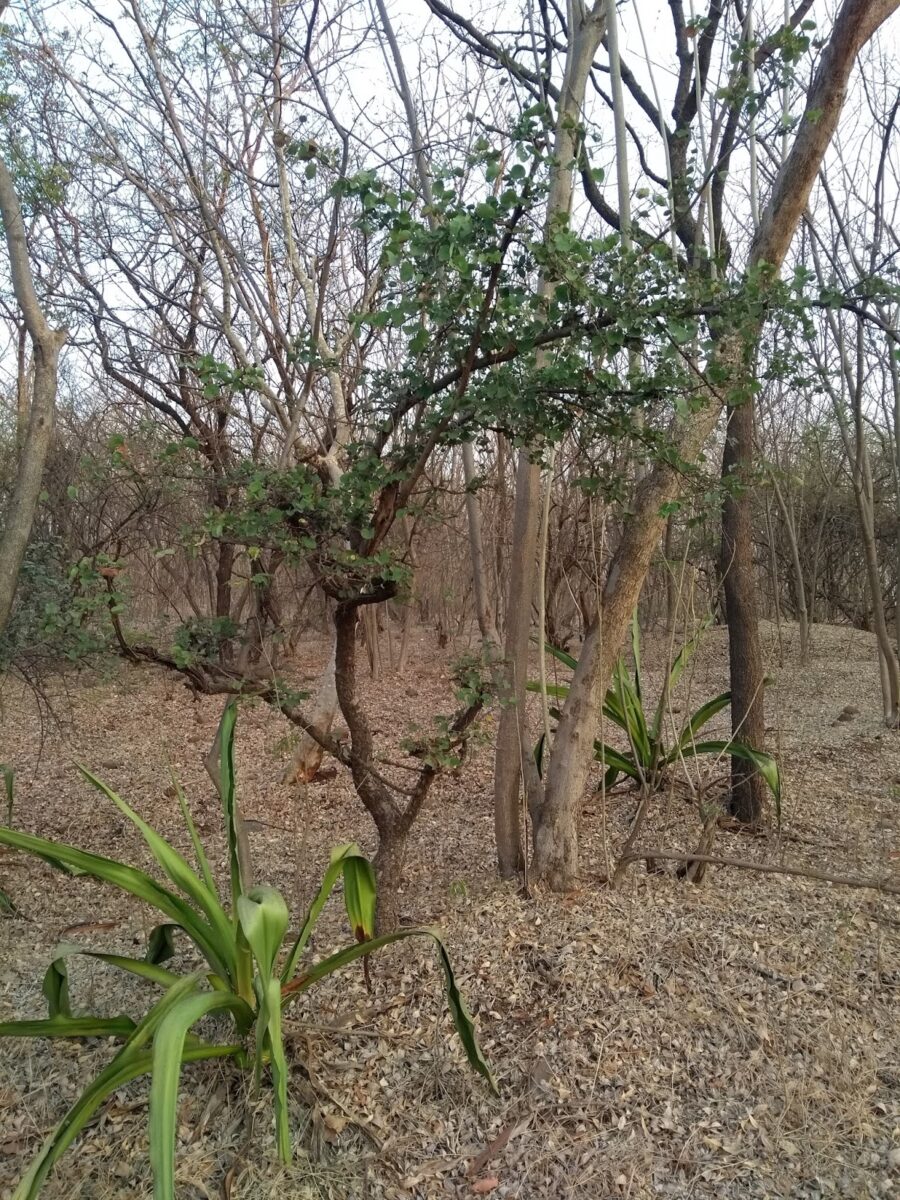
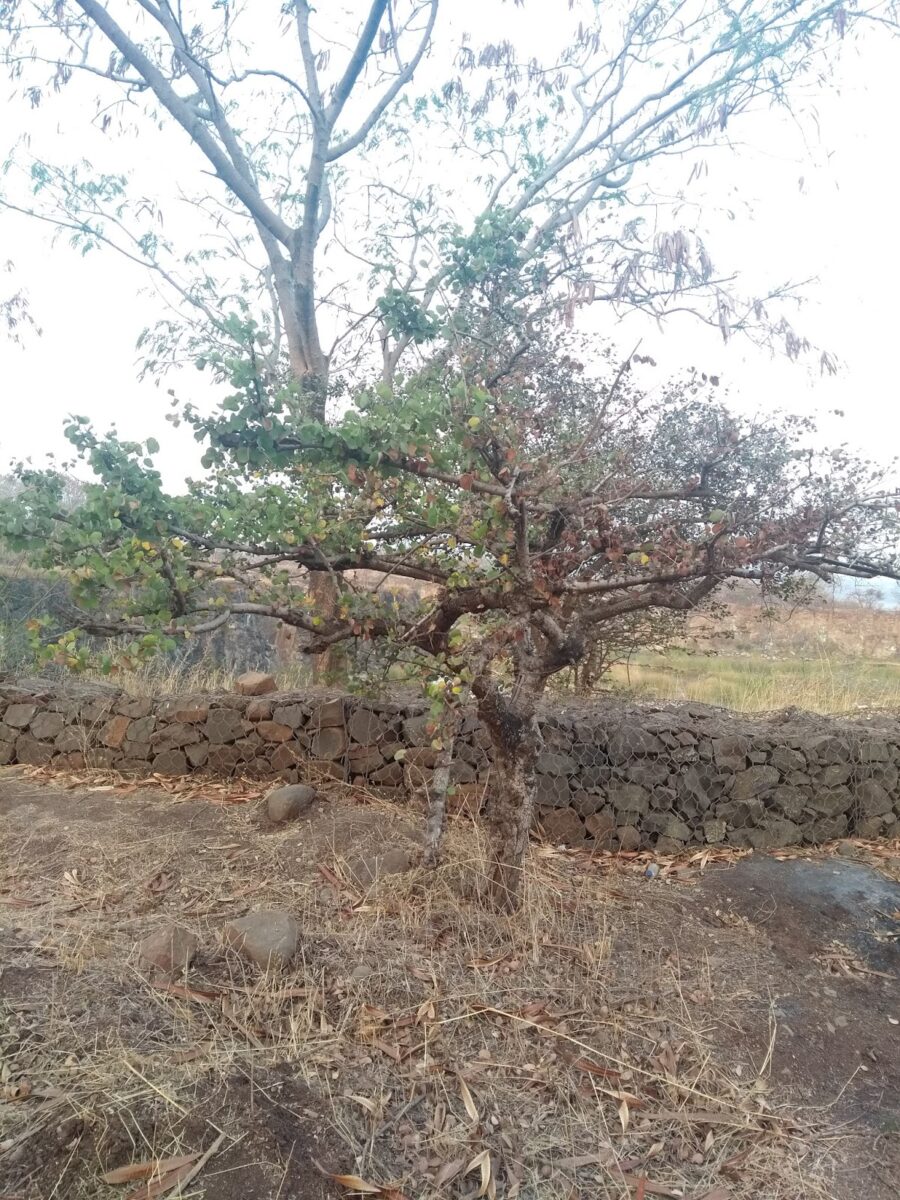
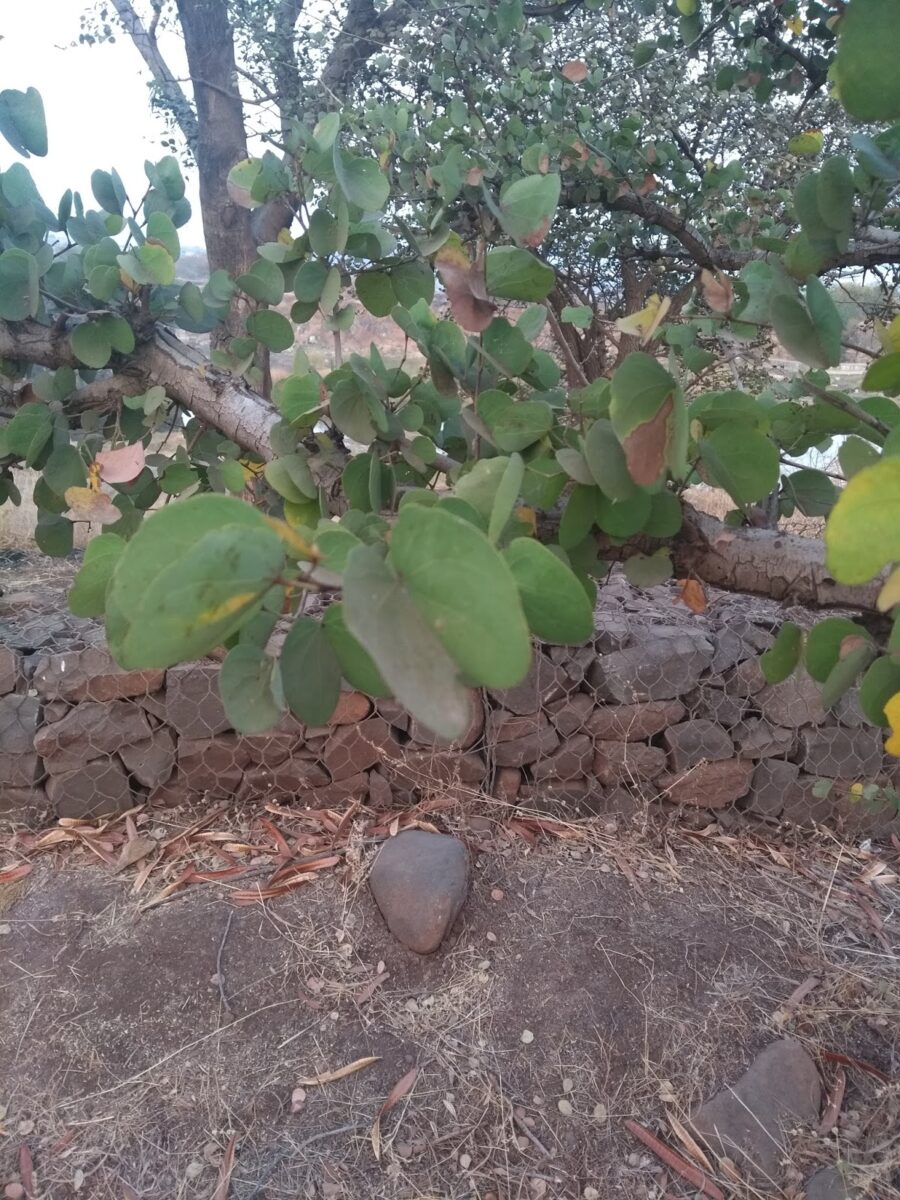
Flowering of the Bauhinia racemosa is in the months of February – May and here is an image of its flowers.
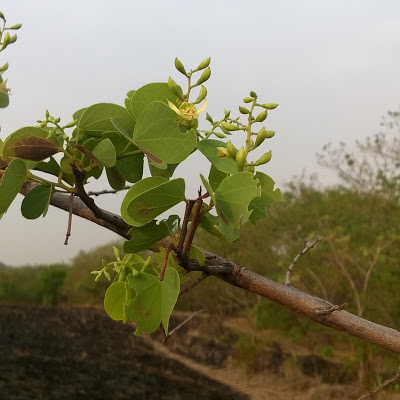
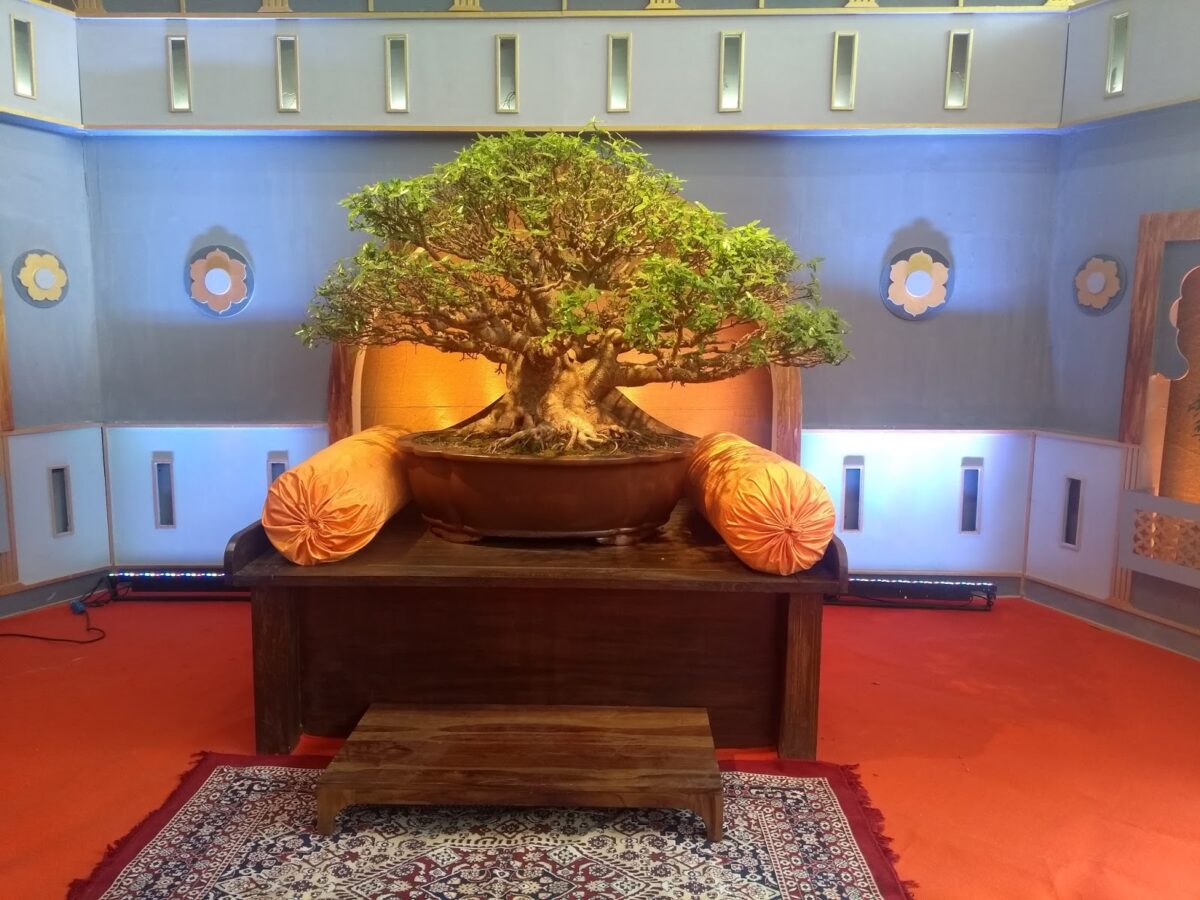
This is a very old and massive Ficus tree that I saw at the recent Bonsai Namaste exhibition in Pune (age was upto 150 years according to the organisers). In keeping with its status, the tree was accorded a royal status and displayed in this unique manner…
A King among the other wonderful Bonsai trees…
Here is a closer look….
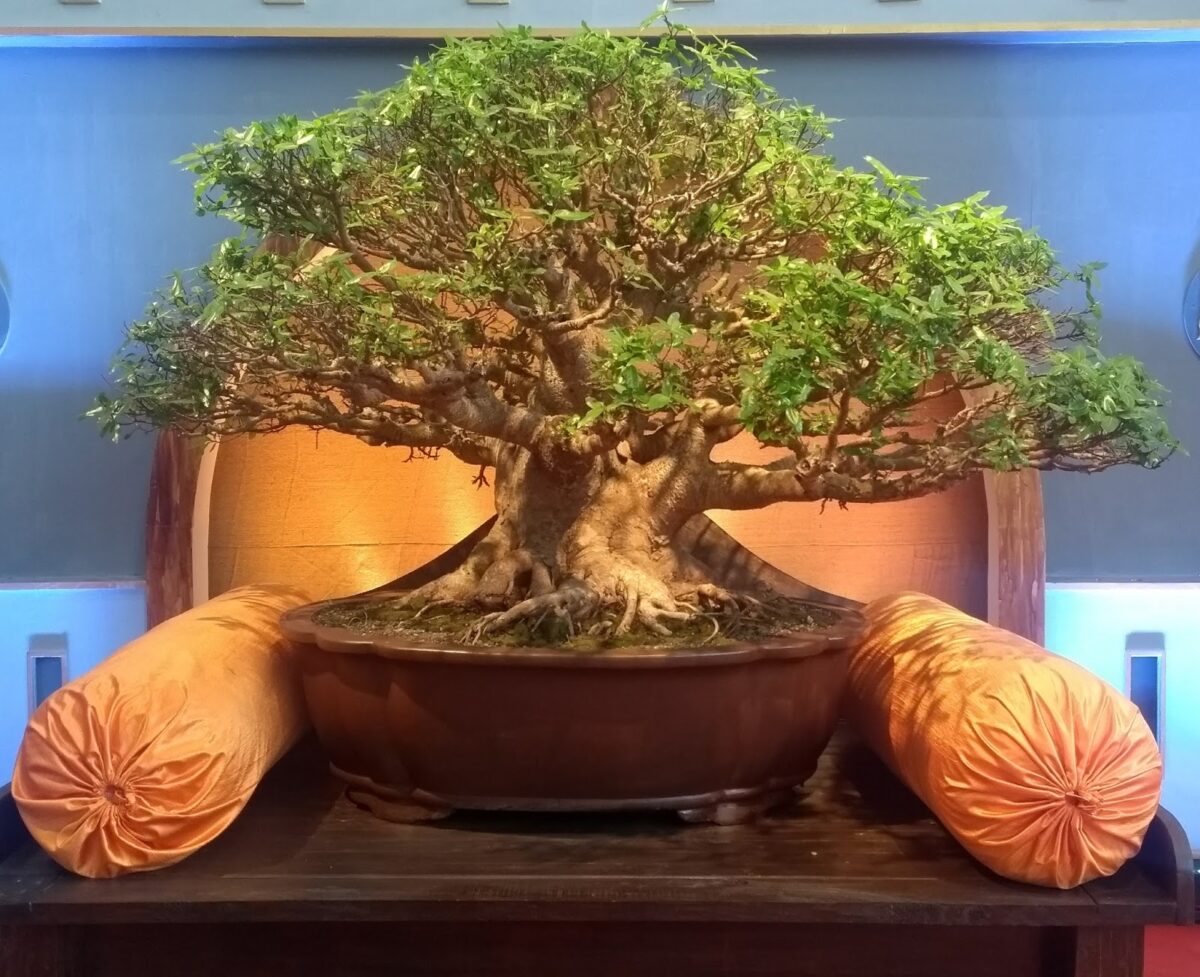
Amazing isn’t it?
I am participating in Parul’s #ThursdayTreeLove36. Do head over to see some amazing trees from around the world.